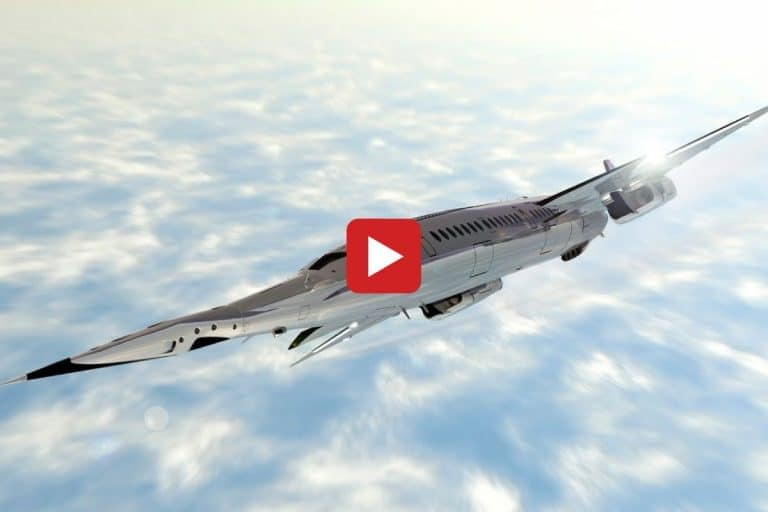Oscar Viñals, a Spanish designer, claims that his most recent creation could whisk travelers across the Atlantic at three times the speed of sound, allowing passengers to travel from London to New York City in less than 80 minutes.
The “Hyper Sting” would travel from London to New York twice as fast as Concorde, which completed the trip in two hours and 53 minutes. It would also be nearly twice as big.
The Hyper Sting, which is 328 feet long and can theoretically travel at a top speed of 2,664 mph, would be able to accommodate 130 to 170 passengers.
Concorde had a wingspan of just 200 feet, a capacity of 100 passengers, and a peak speed of 1,354 mph. A typical commercial airplane typically flies between 460 and 575 mph.
The aircraft relies heavily on the as-yet-unproven hypothesis of cold fusion using a “cold fusion nuclear reactor” that would power two ramjets and four next-generation hybrid turbines to become the fastest commercial passenger jet in history.
According to Viñals, the future of high-speed air travel would be able to reach Mach 3.5.
Currently, only the military has access to this cutting-edge technology. The now-defunct North American X-15, which set the land speed record of 4,520 mph (Mach 6.7) on Oct. 3, 1967, is the fastest aircraft ever to fly in airspace.
What are the production costs of such a jet, given the problem that ultimately led to the demise of Concorde? is one of several uncertainties that overshadow the future of the Hyper Sting.
Viñals, however, is unfazed by the aviation community’s serious skepticism about his idea and continues to act with confidence.
While he acknowledges that “supersonic flights will return, but in this case due to some very innovative systems, like the cold fusion reactor, the date of a possible production, would be over 2030 and the cost would not be cheap.”
The concept revives a hope that has preoccupied aircraft designers since the 1950s: How can a nuclear reactor be incorporated into an aircraft?
The development of nuclear reactors in the 1950s offered not only the possibility that airplanes could stay in the air for days or even months but also the prospect of affordable travel. The only challenge was to make them safe!

